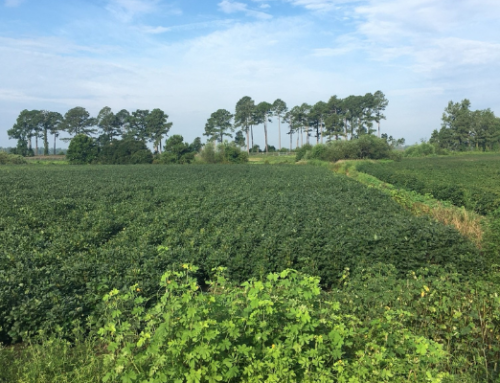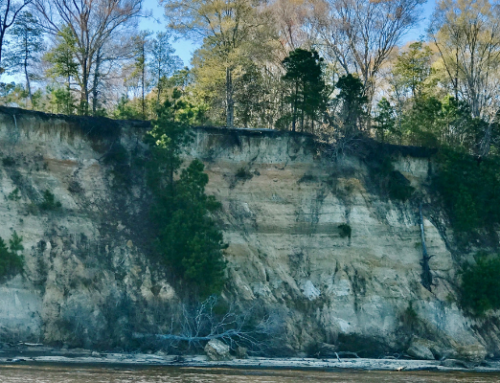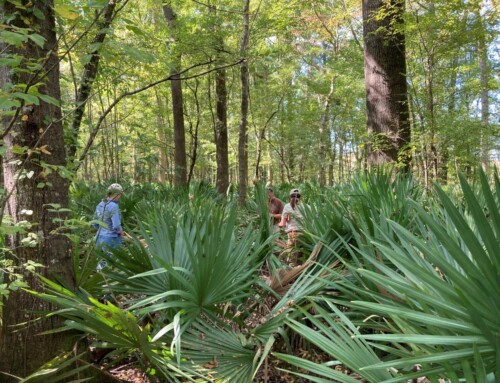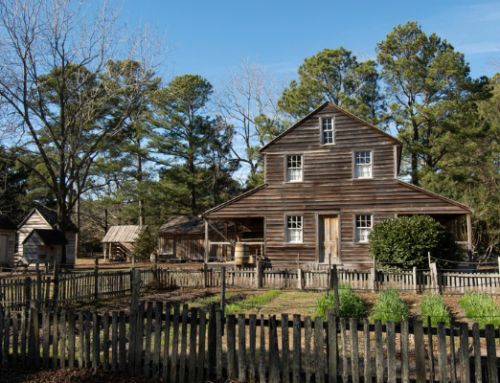Project Description
Waccamaw River Partnership
The Wild, Wonderful Waccamaw — Is it Any Wonder We’re Smitten?
By Carla Burgess
For the Coastal Land Trust
The Waccamaw River is an ecological puzzle of sorts. With its stately cypress trees and often sleepy-flowing, tea-colored waters, the river looks a lot like its swampy, blackwater cousins in the coastal plain. But the watershed’s unusual limestone geology and associated neutral water chemistry have given existence to uncommon creatures that live only here. The Waccamaw silverside, Waccamaw darter, and Waccamaw fatmucket mussel live only in Lake Waccamaw, from which the river spills, and at isolated locations in the upper Waccamaw watershed.
The North Carolina Coastal Land Trust has been wild about the Waccamaw watershed—including its wonderful swamps, woodlands and tributaries—since obtaining its first 300-acre conservation easement in 2008. To date, we have conserved more than 4,700 acres along the Waccamaw, including more than 10 miles of riverfront. For organizations like ours, land conservation is yet another kind of puzzle. Even the fitting of seemingly small parcels can have meaningful impact. The 197 acres we gave to expand Lake Waccamaw State Park provided additional public access to the river. Last summer we purchased a 91-acre tract that tucks nicely into one of our existing preserves.
The largest Waccamaw transaction, in 2018, had particular cumulative impact. This nearly 3,000-acre acquisition connects to more than 20,000 acres of existing state game lands and portions of The Nature Conservancy’s 17,424-acre Green Swamp Preserve in Brunswick County—creating one of the largest conservation corridors in the state.
A nature-lover’s paradise, the Waccamaw River stretches 140 miles from its headwaters at Lake Waccamaw to Winyah Bay in South Carolina. In North Carolina, American Rivers designated the entire Waccamaw a “Blue Trail” to promote water recreation and encourage conservation. The Waccamaw’s accolades as a place of scenic beauty and diverse flora and fauna have made it a darling of paddlers, birders, hunters, and hikers.
Overall water quality is considered good in the watershed, but it has not lacked threats from surrounding land use. Indeed, it was illegal dumping of hog waste into the river in 2007 that set into motion the Coastal Land Trust’s acquisitions in the Waccamaw watershed. Payment of Clean Water Act fines connected to the discharge helped the Coastal Land Trust with initial funding that was leveraged with grants and private funding for significant land acquisitions.
“There is still much work to do, says Janice Allen, Director of Land Protection, adding that continuing to protect water quality and increasing climate resiliency throughout the coastal region will ultimately involve acquisition and restoration of degraded lands as well as attention to unspoiled natural areas. Historic ditching and draining has caused flooding and pollution issues in many areas. “It’s quite a Herculean task to raise funds for intact natural areas, much less to purchase degraded lands for restoration.”
Individual donors and our valuable network of partnerships ensure that we can leverage every possible resource to the best use. Since 1992, we have protected more than 84,000 acres in the coastal plain. Land trusts across the nation have protected more than 37 million acres of land, according to the National Land Trust Census.
Explore the Waccamaw watershed via Lake Waccamaw State Park. Find a paddling map with access points for the Waccamaw River Blue Trail here.






